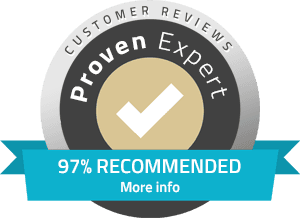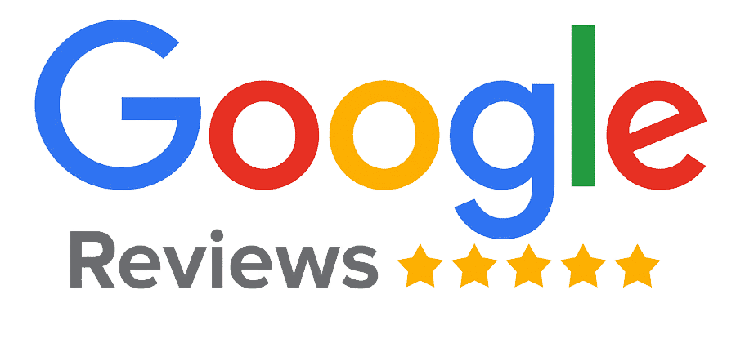Digital marketing encompasses a wide range of strategies, tactics, and tools used to promote products, services, or brands through digital channels. It leverages the internet and electronic devices to reach a broad audience, engage with customers, and drive business growth. Here’s a detailed breakdown of what constitutes digital marketing:
1. Search Engine Optimization (SEO)
On-Page SEO: Optimizing individual web pages to rank higher and earn more relevant traffic from search engines. This includes keyword optimization, meta tags, headers, and content quality.
Off-Page SEO: Building backlinks and external signals to improve a website’s authority and ranking. This includes link building, social signals, and influencer outreach.
Technical SEO: Enhancing the technical aspects of a website to improve its crawlability and indexability by search engines. This includes site speed, mobile-friendliness, and secure connections (HTTPS).
2. Content Marketing
Blogging: Creating and sharing valuable blog content to attract and engage a target audience.
Video Marketing: Producing videos to inform, entertain, and engage audiences on platforms like YouTube, Vimeo, and social media.
Infographics: Designing informative graphics to convey complex information visually.
Ebooks and Whitepapers: Providing in-depth content that can be used for lead generation and nurturing.
3. Social Media Marketing
Platform-Specific Strategies: Utilizing platforms like Facebook, Instagram, Twitter, LinkedIn, Pinterest, and TikTok to promote content, engage with followers, and drive traffic.
Paid Advertising: Running targeted ads on social media platforms to reach specific audiences and achieve marketing objectives.
Community Engagement: Building and nurturing a community around your brand through consistent interaction and content sharing.
4. Email Marketing
Newsletters: Regularly sending informative and engaging content to subscribers.
Automated Campaigns: Setting up automated email sequences for onboarding, nurturing leads, and driving conversions.
Personalization: Tailoring email content based on user behavior and preferences to increase engagement and effectiveness.
5. Pay-Per-Click (PPC) Advertising
Search Engine Advertising: Running ads on search engines like Google and Bing where advertisers pay each time an ad is clicked.
Display Advertising: Placing banner ads on websites, blogs, and forums to reach a broader audience.
Remarketing: Targeting users who have previously visited your website with tailored ads to encourage conversions.
6. Affiliate Marketing
Partnerships: Collaborating with affiliates who promote your products or services in exchange for a commission on sales generated.
Affiliate Networks: Using platforms like Amazon Associates, ShareASale, or Commission Junction to manage affiliate relationships and track performance.
7. Influencer Marketing
Influencer Partnerships: Collaborating with influencers who have a significant following to promote your brand and reach a larger audience.
Sponsored Content: Paying influencers to create content that features your product or service.
8. Online Public Relations (PR)
Press Releases: Distributing press releases online to gain media coverage and backlinks.
Guest Blogging: Writing articles for other websites to increase brand visibility and authority.
Crisis Management: Handling and mitigating negative publicity or reviews through strategic communication.
9. Conversion Rate Optimization (CRO)
A/B Testing: Testing different versions of web pages, emails, or ads to determine which performs better.
User Experience (UX) Design: Enhancing the usability and overall experience of a website to increase conversions.
10. Analytics and Data Management
Web Analytics: Using tools like Google Analytics to track and analyze website traffic, user behavior, and campaign performance.
Data Management Platforms (DMPs): Collecting and managing large sets of customer data to improve targeting and personalization efforts.
- +91 8300 665471
- info@vestaoneup.com



